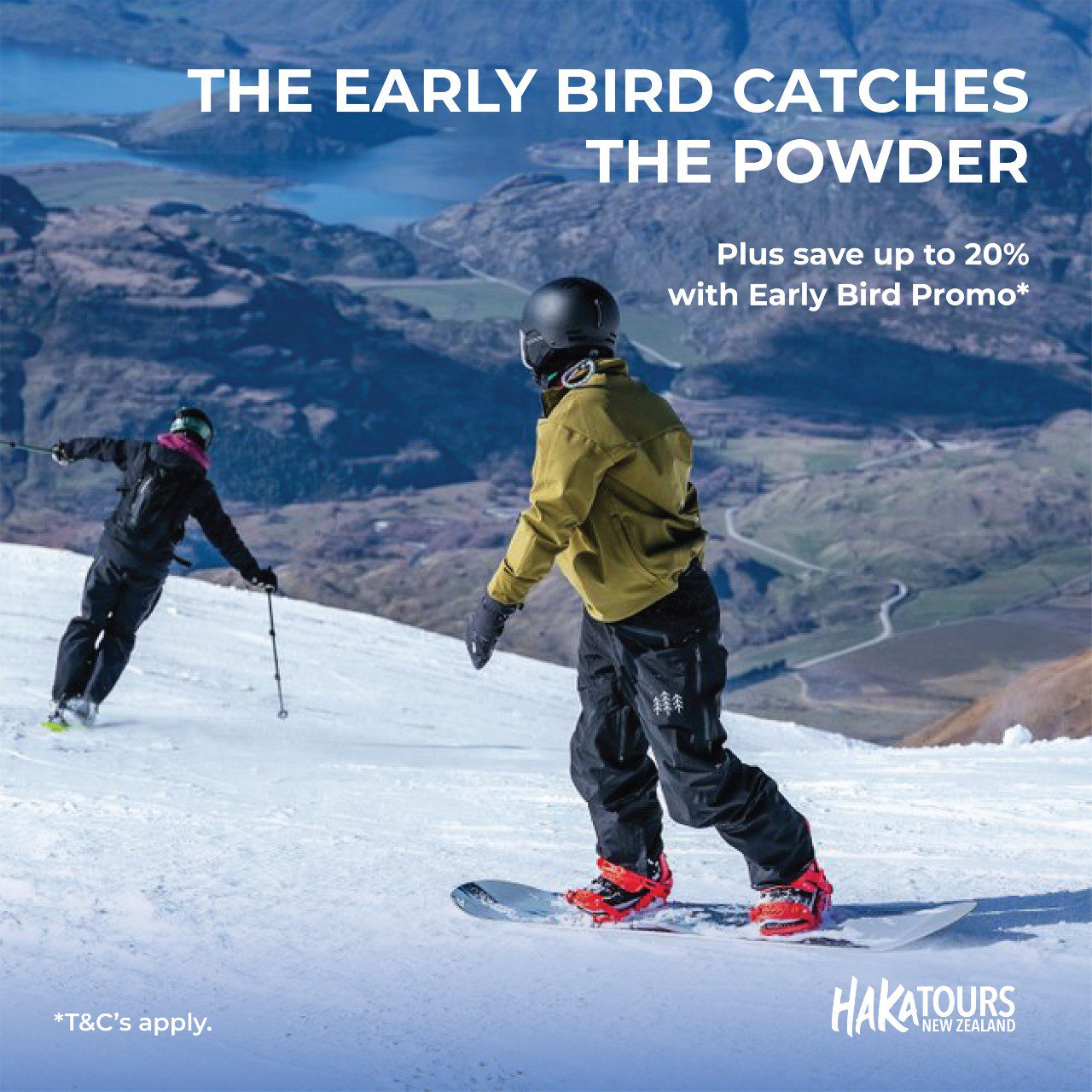I want you to imagine you’re in Japan, it’s the last day of your seven day ski trip, your body is sore but it’s a glorious bluebird day and there’s no way you’re not getting a few more runs in.
Cruising down the wide open piste, you spot the perfect powder stash just off to the left. You carve towards the untouched snow sinking lower into your knees ready to float through the fresh snow then WHAM!!!!
The snow is sticky and slow and your skis stop in their tracks. You’ve cranked your DIN settings (binding release mechanism) extra tight so your boots don’t release immediately – your body is thrown forwards, knees locking straight and ankles on full stretch as you superman, nose over toes.
In that extra fraction of a second before your bindings release you hear a loud “POP!” And feel a sharp pain in your right calf.
I’m sure you’ve already guessed which injury we’re talking about. That’s right, a calf tear. More common than you think.
Your calf is injured when it is stretched as far as possible and then a little bit more, which causes it to strain/tear – think of pulling apart a jelly snake.
So if you want to avoid tearing your calf like a 50 cent killer python, you should take my advice.
Keep warm
Do a good warm up before you hit the slopes. This doesn’t just include doing some stretches and warm up exercises, but also making sure you’re wearing enough layers and staying physically warm throughout your day.
As we lose energy throughout the day we can also start to feel the cold more. Stopping for a quick hot chocolate, or even keeping an emergency chocy bar in our jacket pocket, can be enough to bring our body temps back up.
Limit muscle tightness and fatigue
There aren’t many sports that we choose to do all day long, day after day. Of course our bodies and muscles are going to get sore and tired. The key is to limit fatigue and aid muscle recovery.
Use the onsen/spa for down time, massage, self foam roll and massage ball to release your muscles, get plenty of sleep and watch out for Après ski or too many sakes at the bar.
Try cold/hot/cold for sore muscles. Ice after a day’s activities, and directly after any onsen/spa bath have a quick jump in a cold shower or out into the snow to reduce muscle inflammation.
Get your ski DIN settings checked

On day one, before your first run, head to one of the local ski rental shops and ask to get your ski DIN settings checked. DIN settings decide how much load is required for your boots to release from the bindings. Have a chat to them about your skill level, your weight, size of skis and more so they can help you get the correct DIN.
Travelling with skis or boards in your luggage can knock things around and affect bindings. So make sure you check your gear before your first day on the slopes in case anything has shifted or been damaged.
Even if you’ve just rented new gear it always pays to be safe and get it double checked. The majority of calf injuries occur when the bindings don’t release in time, or at all during a fall.
You never know when the snow-sniper is going to strike; but you can use these tips to minimise your risk of injury.
Stay tuned for part 2 where I will explain what to do if you do injure your calf and, more importantly, the insider knowledge that might mean you’re trip isn’t ruined.



































Happened to me this weekend. Hit an unexpected mogul, turned me up hill, as I tried to reverse snowplow I leaned forward into the hill and pop, pulled my calf. I 100% agree my bindings were set too tight and should have released, but I also could have done more stretching and warming up after lunch. My only “incident” of the day took me off the hill. Luckily I was able to ski out. I rented 170’s, afterall a decade ago I was good! After one trip down it was clear 160’s were where I needed to be. Exchanged them, but the rental jockey set the bindings to the same settings as the 170’s and I suspect that did me in. Bottom line, looking back I should have had them set the bindings looser, gone with shorter skis, and stretched before skiing. Age isn’t just a number.